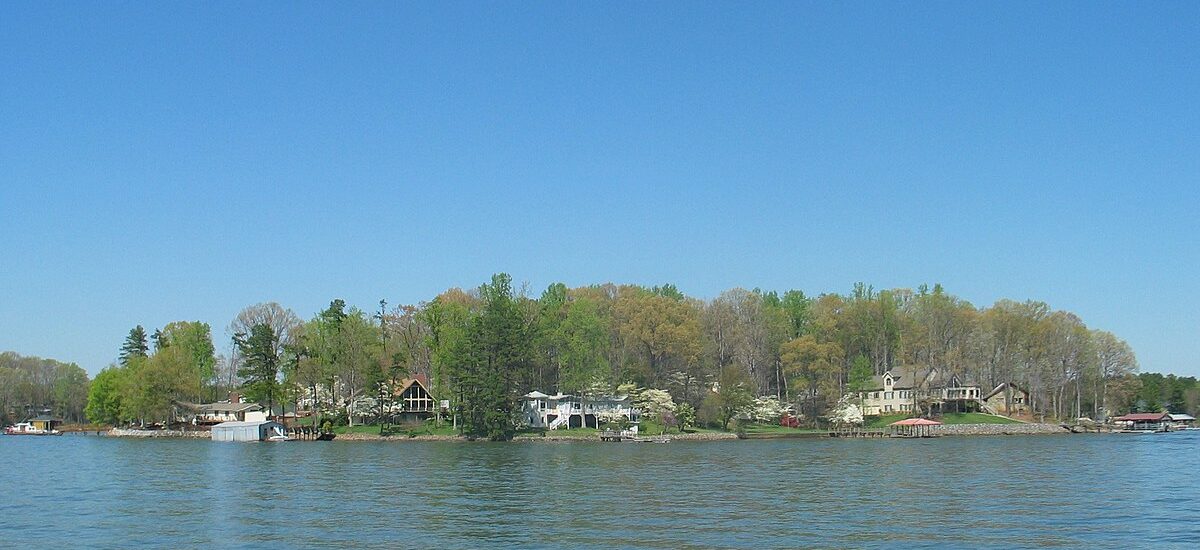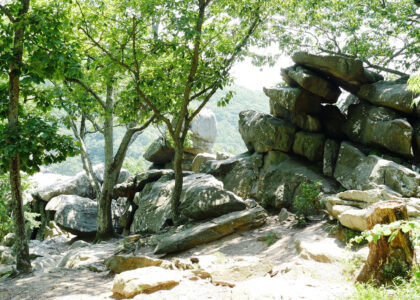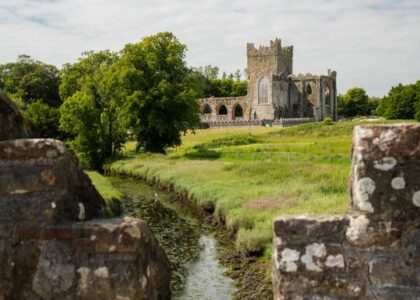As you journey through North Carolina, prepare to be captivated by the story of its largest natural lake, Lake Mattamuskeet. Nestled in the heart of Hyde County, this expansive body of water spans over 40,000 acres and holds a rich tapestry of history and ecology. Lake Mattamuskeet is a natural wonder, formed over thousands of years through a combination of natural processes such as wind erosion and rising sea levels. Its shallow waters, averaging just 2-3 feet in depth, make it a unique habitat teeming with wildlife and a vital stopover for migratory birds.
The lake’s origins are steeped in both mystery and natural evolution. It’s believed to have been formed as a result of the last Ice Age, with its waters gradually filling the basin left behind by glacial retreat. Historically, this lake has been a focal point for local Native American tribes, particularly the Algonquin-speaking peoples who thrived in the region long before European settlers arrived. They relied on the lake for fishing, hunting, and as a vital resource for their communities.
In the early 20th century, the lake was the subject of ambitious engineering projects aimed at draining its waters for agricultural use. The Mattamuskeet Drainage District was established in 1915, and a large-scale effort to transform the lake into arable farmland began. This monumental project involved the construction of the world’s largest pumping station at the time, capable of moving an astonishing 1.2 million gallons of water per minute. However, the attempt to conquer nature proved unsustainable, and by 1934, the lake was returned to its natural state.
A pivotal moment in the lake’s history occurred in 1934 when the federal government acquired the land, establishing Mattamuskeet National Wildlife Refuge. This marked a new chapter focused on conservation and preservation. The refuge became an essential sanctuary for a diverse array of flora and fauna, particularly migratory birds like tundra swans and snow geese. As you explore the lake today, you can witness the breathtaking spectacle of thousands of birds taking flight, a testament to the area’s ecological significance.
One notable figure associated with Lake Mattamuskeet is Hugh Hammond Bennett, often referred to as the ‘father of soil conservation.’ His work in the region highlighted the importance of sustainable practices and influenced conservation efforts nationwide. Bennett’s legacy continues to resonate as Lake Mattamuskeet stands as a symbol of nature’s resilience and the ongoing balance between human activity and environmental stewardship.
Today, Lake Mattamuskeet is a haven for outdoor enthusiasts, offering opportunities for bird watching, fishing, and kayaking. It serves as a living laboratory for scientists studying wetland ecosystems and a tranquil retreat for those seeking solace in nature. As you gaze across its vast expanse, imagine the layers of history beneath its waters and the countless stories it holds.
Lake Mattamuskeet is not just a natural landmark; it’s a reminder of the dynamic interplay between human ambition and the enduring power of nature. Its story is one of transformation, resilience, and the timeless beauty of the natural world.






